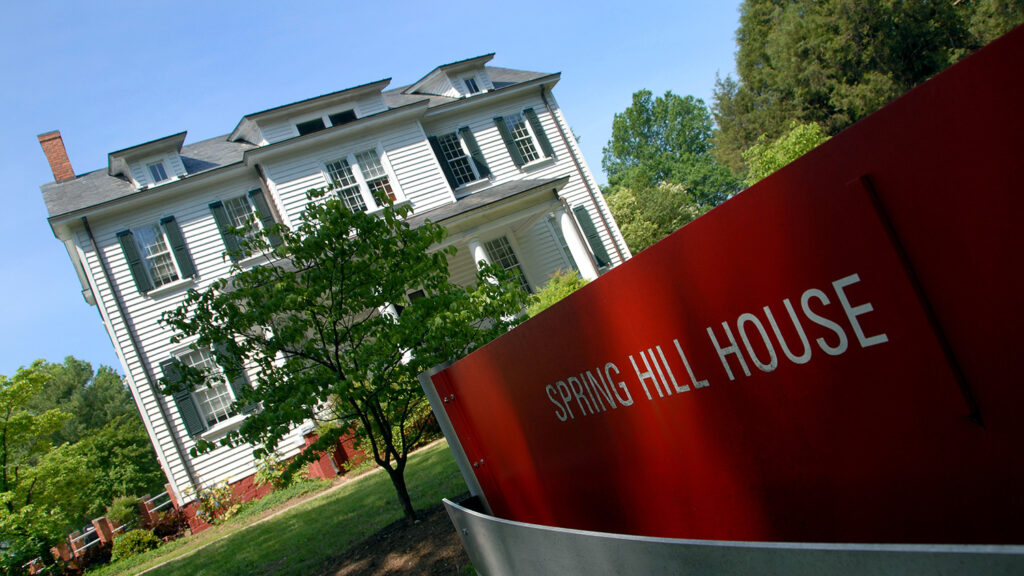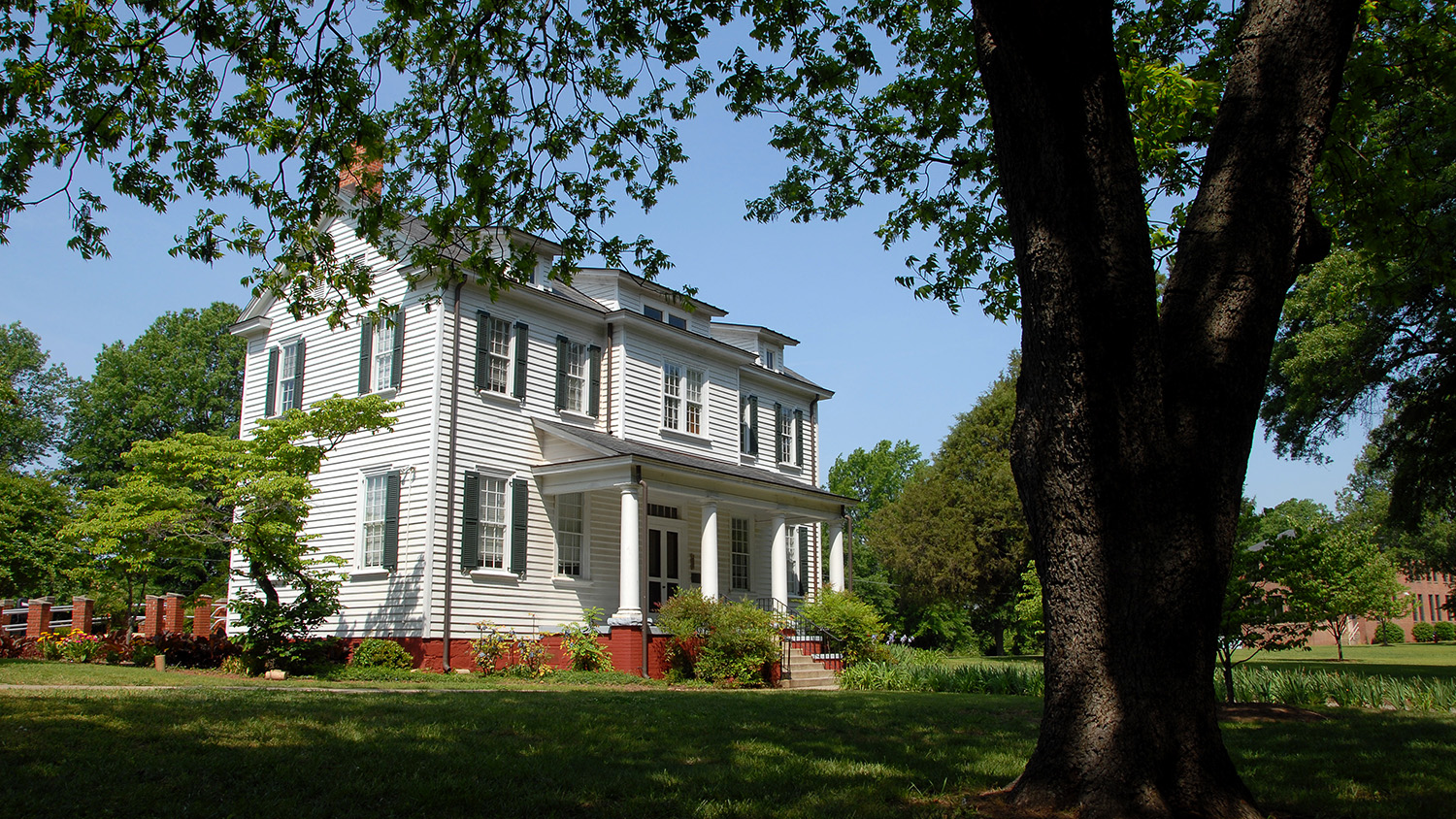
Spring Hill House
Located on today's Centennial Campus, Spring Hill House is NC State's oldest building and current home to the university's Japan Center.
Through the Centuries
The Spring Hill House story spans over 200 years. The land it sits on has been a central character in Raleigh’s history since before the American Revolution. In 2001, the Spring Hill House became part of NC State’s Centennial Campus. The circa 1816 house is the oldest building on campus.
Colonial Beginnings: The First Spring Hill House
ca. 1771-1783
In the 1700s, the British Crown granted free land to settlers in the American Colonies. To get land grants, settlers agreed to improve the land. Theophilus Hunter, Sr., born in Virginia about 1727, received over one thousand acres near the first Wake County courthouse. Around 1771, he built the first house at Spring Hill, a modest two-room frame building. The house was on a hill, had a spring, and was near a main road. These traits made the Spring Hill House a popular meeting place for the community.
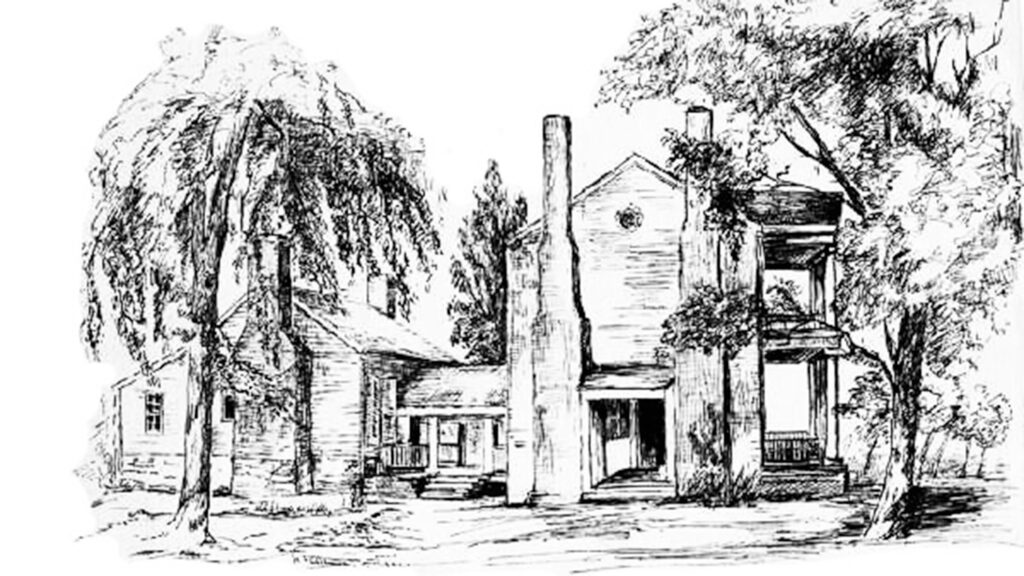
During the American Revolution, Spring Hill was a strategic location for military leaders. Soldiers could see for long distances from the hilltop and the spring provided fresh water for their horses. The nearby road led to port towns on the coast that had supplies and information.
State Capital Planned Near the Spring Hill House
1792
After the Revolution, North Carolinians wanted a permanent state capital. In 1792, citizens including Theophilus Hunter planned the new capital’s layout. The capital was named Raleigh for Sir Walter Raleigh, an early English explorer of North Carolina, and built near the Wake County courthouse. Raleigh was only a mile from the Spring Hill House and its plantation.
Antebellum Agriculture
1790s-1860s
There were many large plantations around Raleigh. They supplied food crops to coastal towns. Spring Hill raised livestock and specialized in pork for eastern markets. Raleigh plantations, including Spring Hill, also produced cotton and tobacco. The Raleigh-Durham area would become world famous for its Bright Leaf tobacco.
Planting and harvesting tobacco and cotton was largely accomplished through manual labor. In the 1700s and 1800s, that labor was supplied by enslaved people. In 1790, more than 100,000 people were enslaved in North Carolina.
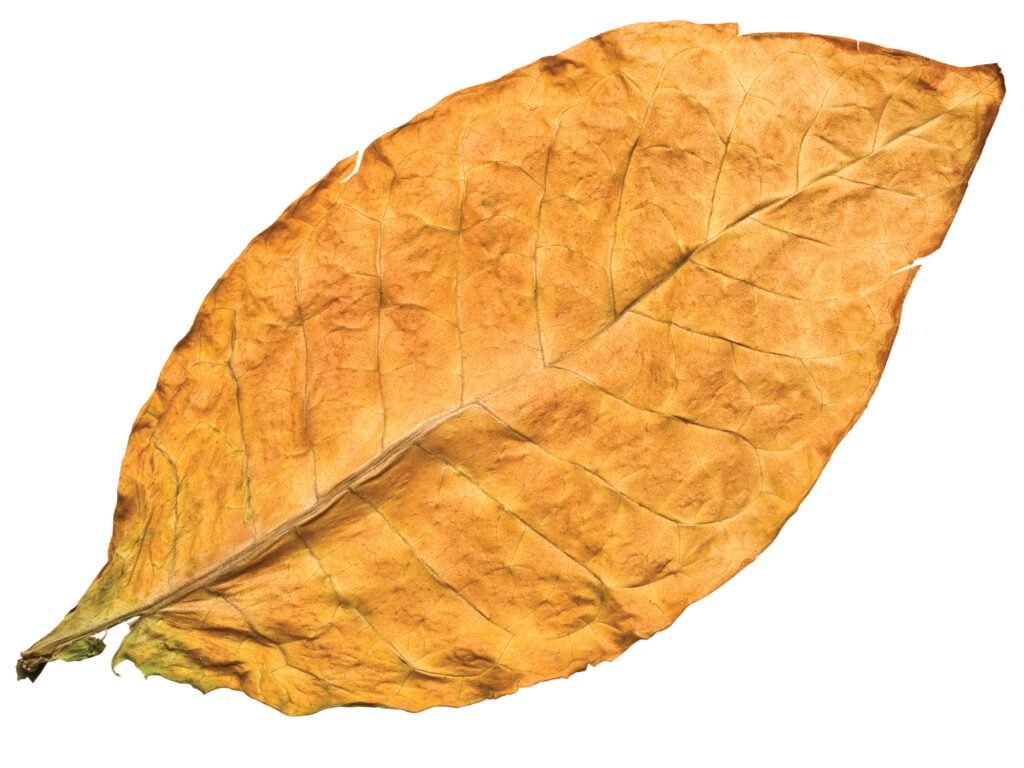
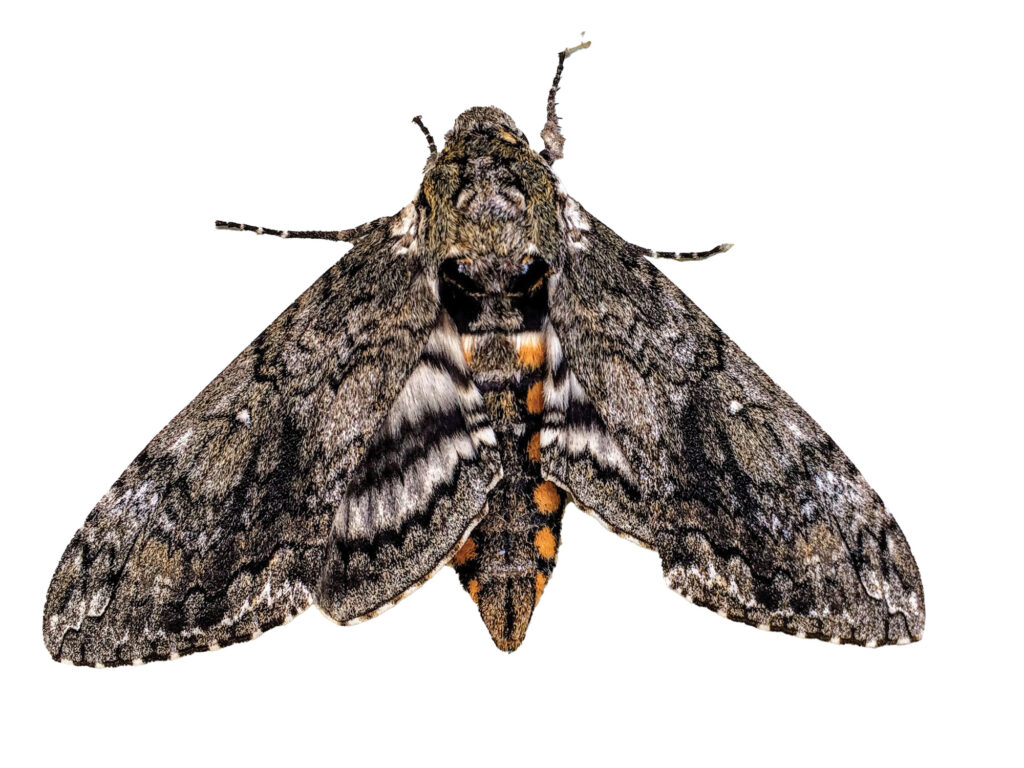
The Second Spring Hill House and Dorothea Dix Grounds
1816-1856
About 1816, the second Spring Hill House was built, which is the house that stands today. In 1850, Maria Hunter Hall sold 53 acres of the house’s grounds to the state for North Carolina’s first mental health facility. The first patients and doctors arrived in 1856. The hospital was renamed Dorothea Dix Hospital in 1959. The property included land for patients to tend gardens, raise livestock, and have outdoor exercise.
The Civil War
1861-1865
During the Civil War, Raleigh’s Confederate earthworks circled the city. In early 1865, Union soldiers camped on the house’s grounds and on the neighboring hospital’s land. After the war, visitors to the Spring Hill House described enjoying acres of flower gardens and walking paths.
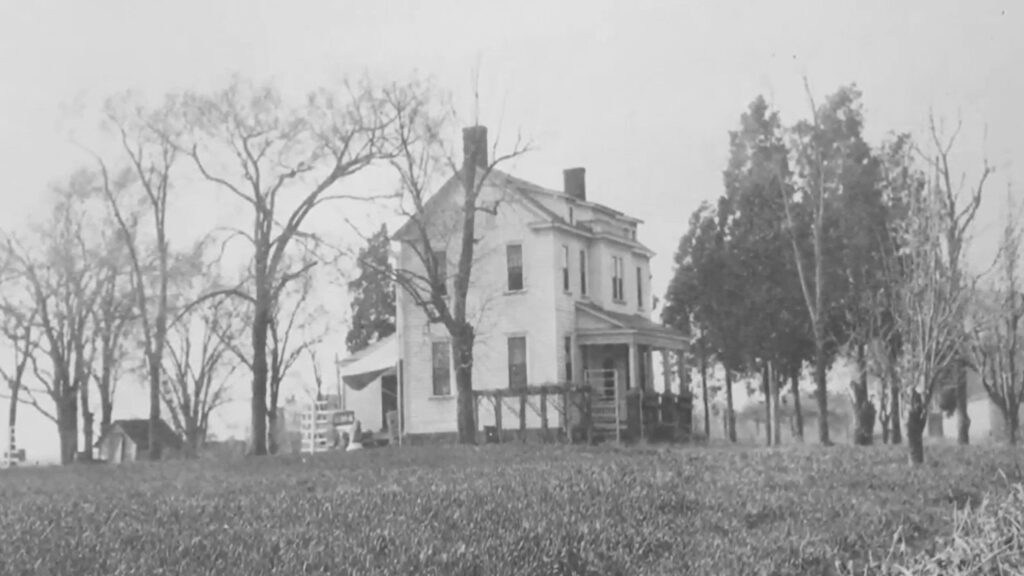
The Turn of the Century to the Twenty-First Century
1907-2001
The house has had several owners since the Civil War, including a Wake County sheriff and dairy farmers. In 1907, the state purchased the Spring Hill House and 1,155 surrounding acres to expand the grounds of the Dorothea Dix Hospital. The state constructed new buildings for epilepsy patients and agricultural buildings for their growing dairy farm. After renovations, the Spring Hill House became living quarters for the hospital’s staff.
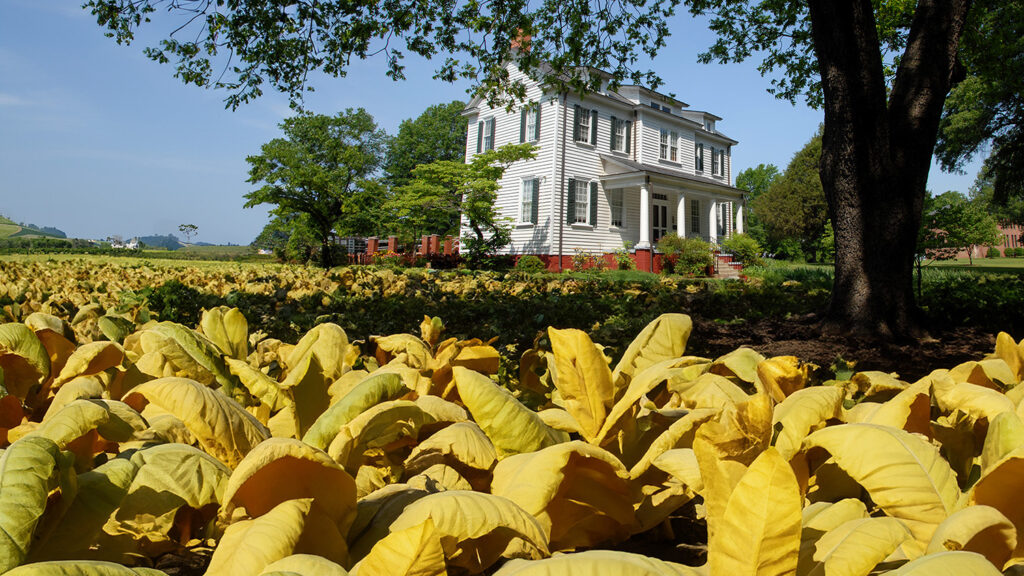
In 1913, the Federal Period, the two-story house was updated in the Colonial Revival style. The double chimneys were removed, windows added, and the original one-story dwelling behind the house was dismantled. On the front of the house, dormers were built onto the roof, and the porch was reduced to one-story. Doctors, nurses, and other Dorothea Dix Hospital employees lived there at different times between the 1920s and 1960s. Hospital volunteers used the house in the 1970s, and in 1983, it was listed in the National Register of Historic Places. The state transferred the Spring Hill House and grounds to North Carolina State University in 2001, with the Japan Center being its main tenant.
Keep Exploring
